How To See The New “Green” Comet
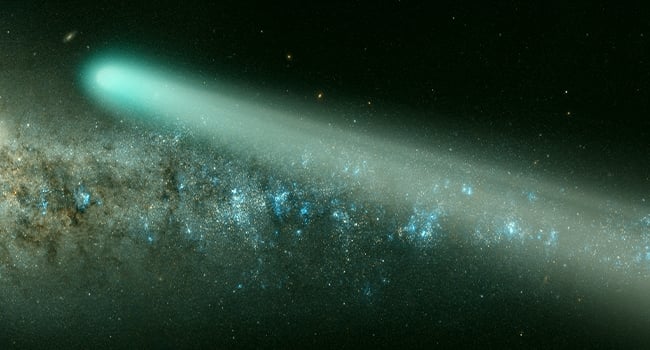
Update: The Green Comet (c/2022 e3 ZTF) otherwise known as Comet ZTF is currently traveling away from Earth and out of our solar system, never to return again. Your last (and best) chance to catch a glimpse will be on February 10. The full Moon will interfere until that time. (See below.)
Learn more about upcoming sky events in our February Night Sky Guide.
Published on January 12, 2023:
Newly-discovered Comet ZTF is coming the closest to the Earth in 50,000 years, becoming visible to the unaided eye, and making big headlines. Some are calling it a “super rare” and “bright green” comet, but will it live up to the hype? We explain.
Comet ZTF Facts
Comet ZTF was discovered in March 2022 by a wide field survey camera attached to a telescope known as Zwicky Transient Facility (ZTF) at the Palomar Observatory in Southern California (overseen by the Planetary Society). ZTF scans the entire northern sky every two days and captures hundreds of thousands of stars and galaxies in a single shot. Many comets have been found with this instrument. The most recent is catalogued as Comet c/2022 e3 ZTF, Comet ZTF for short.
Why Is It Rare?
Over the last 50,000 years, Comet ZTF has travelled a distance of 2.8 trillion miles and will make its closest approach to the Earth on Feb 1, 2023 (a distance of 26 million miles), according to Dan Bartlett/NASA. Orbital computations suggest that Comet ZTF may never return again.
What Makes ZTF A Green Comet?
The greenish color is likely due to a molecule made from two carbon atoms bonded together, called dicarbon. This unusual chemical process is confined chiefly to the head, not the tail. If you get a look at Comet ZTF, that greenish hue is likely to be quite faint (if it is visible at all). The appearance of green comets due to dicarbon is fairly uncommon.
Recent images show the head (coma) appearing to be distinctly green and trailed by an impressively long thin blush appendage (the tail). But that is what a camera taking a long exposure sees. The tint will look much less green to the naked eye.
When and where to see Comet ZTF
During the latter part of January into early February, ZTF may become bright enough to be glimpsed with the naked eye. Use a reliable star map (or app) to track the night-by-night change in position relative to the background stars and constellations. Below are dates and approximate locations. We recommend going outside and looking northwest at approximately 9 pm local time (no matter where you are).
January 12-14
Look towards constellation Corona Borealis before sunrise from January 12-14.
January 14-20
Look towards constellation Boötes before sunrise from January 14-20.
January 21
The comet will be visible in the night sky (previously only visible in the early morning hours). Look north, above the Big Dipper—between the constellations Boötes and Draco—at approximately 9 pm local time on January 21. The new Moon on this night should make the comet easy to spot!
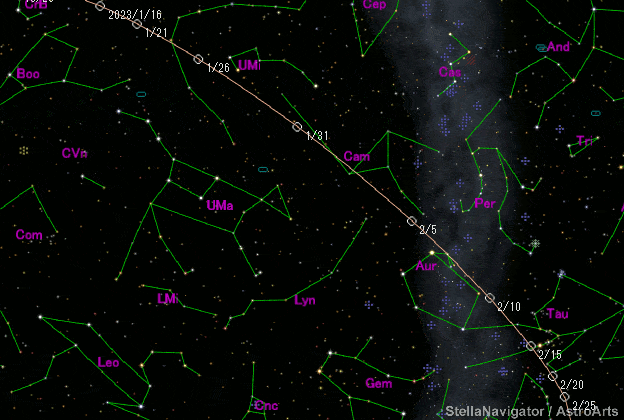
January 22-25
Look north, Find the Big Dipper and look above, near the constellation Draco (The Dragon) from January 22-25.
January 26-27
Look to the left of the Big Dipper (several degrees to the east of the Little Dipper) on January 26. On the following night, look north, three degrees to the upper right of orange Beta Ursae Minoris (formerly known as Kochab), the brightest of the two outer stars in the Little Dipper’s bowl. We recommend 8-10 pm your local time.
January 29-30
Look north and find Polaris (the North Star) and look to east (to the right) on January 29-30 at approximately 9pm your local time.
February 1
Look near the constellation Camelopardalis on February 1. (Comet ZTF reaches its closest point to Earth on this day.)
February 2-4
Look between the constellations Camelopardalis and Auriga from February 2-4. (Although we don’t recommend trying to locate the green comet during these days due to the brightness of the full Moon.)
February 5
Look towards the brilliant yellow-white star Capella (in the constellation Auriga). We do not recommend looking for the green comet on this date due to the full Moon.
February 6
Look within the triangle known as “The Kids” star pattern in Auriga, directly overhead at around 8 pm your local time on February 6.
February 7-9
Look southwest, between constellation Auriga and the planet Mars, at approximately 9pm your local time on February 7, 8 and 9.
February 10
Look southwest, two degrees to the upper left of Mars, at approximately 9 pm your local time on February 10.
Note: If you live in a big city or an outlying suburb, sighting this comet is going to be a difficult—if not an impossible task. Even for those who are blessed with dark and starry skies, finding ZTF could be a bit of a challenge. Comets are notoriously unpredictable.
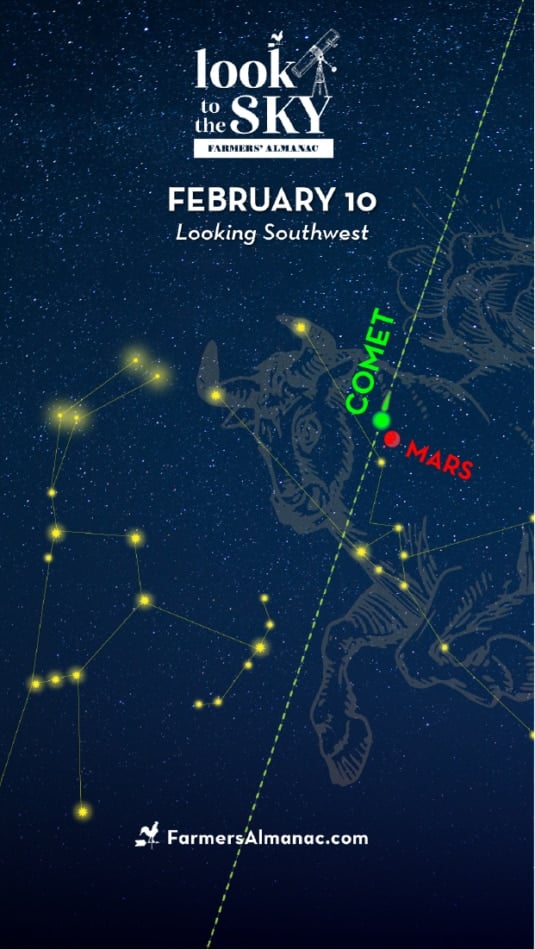
Watch Comet ZTF live now:
More Information About Viewing ZTF
As for the tail, comets can shed two types, composed of dust and gas. Dust tails are far brighter and more spectacular to the eye than gas tails, because dust is a very effective reflector of Sunlight. The most spectacular comets are dusty and can produce long, bright tails making them awesome and impressive celestial spectacles.
Gas tails on the other hand appear much fainter and glow with a bluish hue. The gas is activated by the ultraviolet rays of the Sun, making the tail glow in much the same way that black light causes phosphorescent paint to light up. Unfortunately, gas tails produced by most comets, appear long, stringy thin, and quite faint; impressive in photographs but underwhelming visually. And that’s what we’re currently seeing with ZTF.
Finally, when the ZTF is at its brightest in late January and early February, it’s going to have to compete with another celestial object: the Moon. During that same time frame, the Moon will be near full phase (The Full Snow Moon is on February 5th). Blazing in the night sky like a giant spotlight, the full Moon will make trying to see a relatively dim and diffuse object like Comet ZTF even more difficult.
Other Viewable Comets
There are nearly a dozen comets available to be viewed in tonight’s night sky. Most of these, however, are visible only with moderately large telescopes. You also would need a good star atlas as well as accurate coordinate positions in order to know where to point your instrument to actually see any of these. Most amateurs who make it a point to search them out call such comets “faint fuzzies” because that’s pretty much what they look like through the eyepiece: A faint, fuzzy blob of light. These are known as “common comets.”
Every once in a while, perhaps two or three times over a span of 15 or 20 years, a bright or “great comet” will come along. These are the types that excite those of us without binoculars or telescopes—the type where all you need do is step outside, look up and exclaim: “Oh look at that!” Such comets tend to be much larger than average. Most of these have a core or nucleus less than two or three miles across. But there are others than can be up to several times larger.
As a general rule, the closer a comet makes an approach to the Sun, the brighter it gets. Large ones that sweep closer than Earth’s distance from the Sun (92.9 million miles) tend to get quite bright. Good examples are Comet Hale-Bopp in the spring of 1997 and Comet NEOWISE (discovered with a robotic space telescope) in the summer of 2020.
So which category does ZTF fall into? In many ways it’s pretty much a common comet, but compared to most of the other faint fuzzies, ZTF is extremely bright.
Related Articles
Comets, Asteroids, And Meteors – The Difference Between Them
Join The Discussion
Will you look to the sky for “green” comet ZTF?
Let us know in the comments below!

Joe Rao
Joe Rao is an esteemed astronomer who writes for Space.com, Sky & Telescope, and Natural History Magazine. Mr. Rao is a regular contributor to the Farmers' Almanacand serves as an associate lecturer for the Hayden Planetarium in New York City.


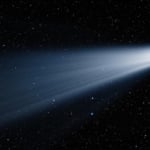
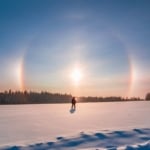
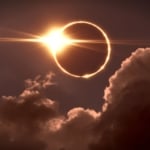
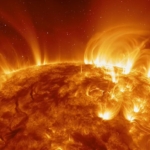
It says in the article: “9 p.m. local time.” … local to what region, State, part of the World? People on the East coast see 9 p.m. 3 hours before I do… People on are waking up at my 9 p.m.. Please define “local” time so we cna discern our own local time frames..
the “local time” is correct. The comet is not an instantaneous event. The best time to see it is when the sky is dark and the comet is close to the zenith. That happens at the stated time, anywhere in mid-latitude northern hemisphere. (It’s fairly close to the Big Dipper)
Thank you. We appreciate you sharing your knowledge with the communinity. You should be able to see the comet for several hours at a time if the conditions are right.
There are bible scholars who believe that the star of Bethlehem was a comet . It may or may not be true .
Pretty safe statement; “It may or may not be true.” ?
Watching the steaming video with the beautiful musical score, I was saddened for some reason. Such a long journey and all alone…never to find rest. I think I know that feeling and I cry for it and the senselessness of our existence, knowing our journey will end all to soon.
I want to join
Hi Barbara! It may be tough to keep up with that comet, but here’s something you can join: The Farmers’ Almanac Farmhouse! https://www.farmersalmanac.com/online-memberships
Great live shot but compass coordinates would help a newbie
Compases do not work for space objects. In space all is one and all you need to know is that the green comet is proof that people need to do more to save nature and ecosystems before humans ruin them.
how is the comet proof we need to do more for our ecosystem?
I’m going to hope you are baiting, being facetious. As it is quite possible you are not, it is pure hubris to think anything we do or don’t do as humans will impact a comet, or the rotation of the earth, or the tide, or the forces of Mother Nature. HUBRIS!
Politicians use the big lies to get elected. Scientists have studied about the ecosystem, the earth and its relationship to the universe for centuries. Anything you as a private citizen can do would be unlikely to change anything. What device would you use? A flex capacitor?